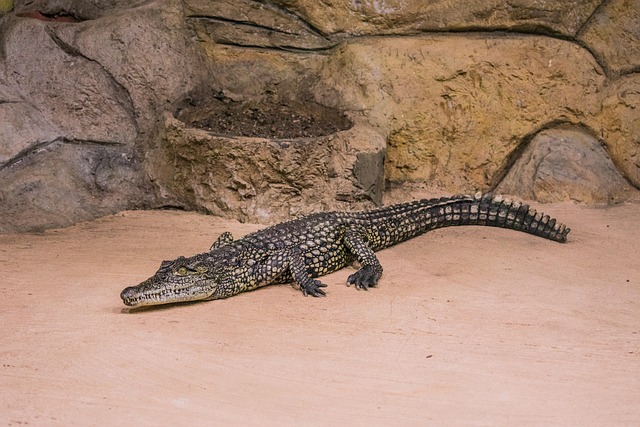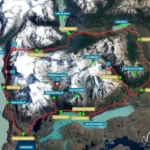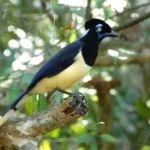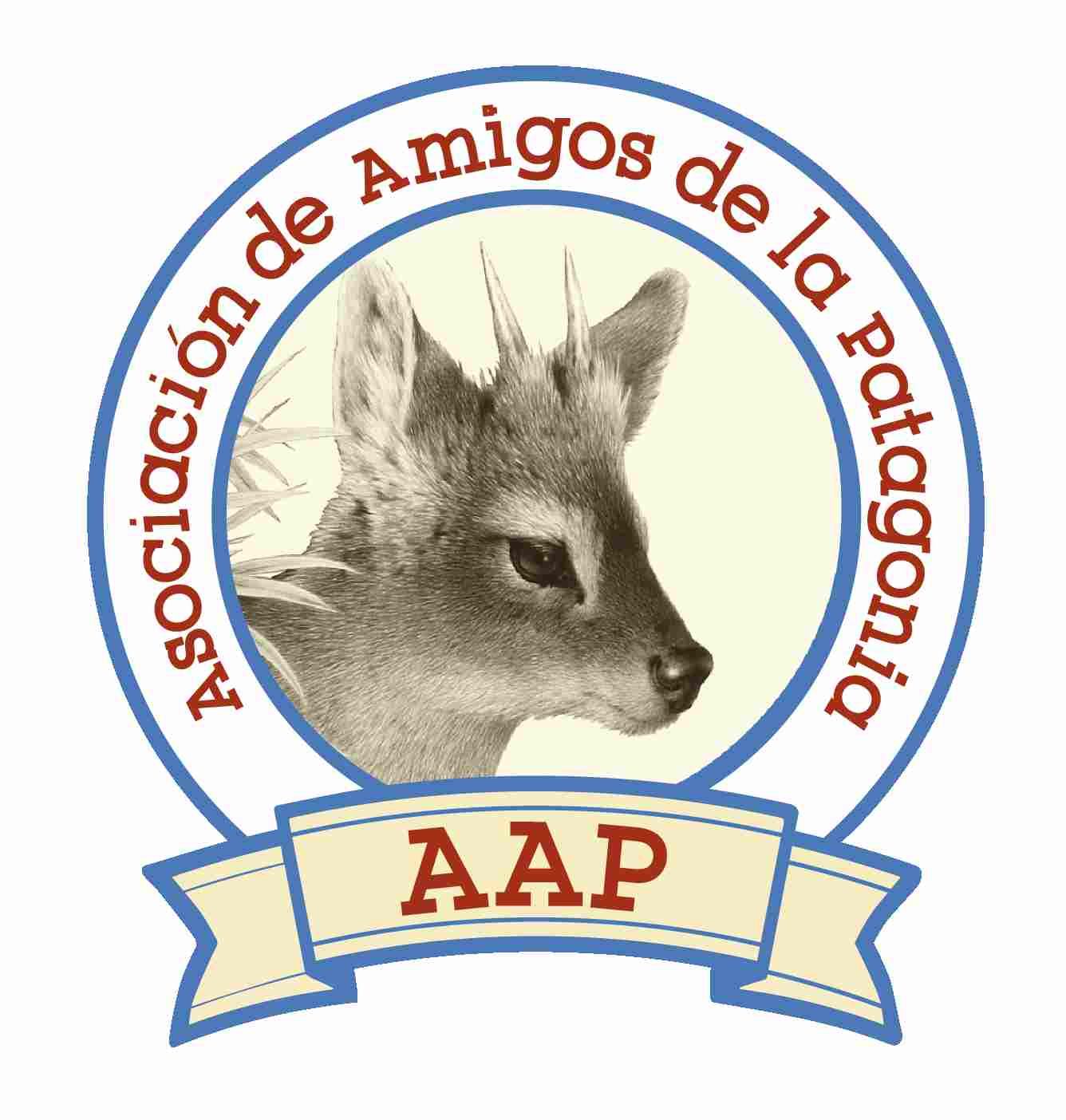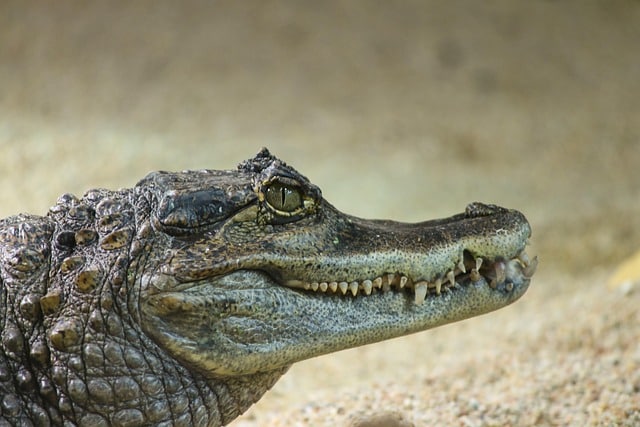
Found across the wetlands of northern Argentina, the Yacaré caiman is one of the most iconic reptilian inhabitants of the region. These crocodilian creatures—often seen basking along riverbanks or gliding through shallow waters—are both fascinating and misunderstood. There are two main species in Argentina: the Yacaré overo (Caiman latirostris), also known as the broad-snouted caiman, and the Yacaré negro (Caiman yacare).
Despite their somewhat fearsome appearance, these reptiles are vital to the ecosystem and rarely pose a threat to humans. They are especially common in the Iberá Wetlands, one of the largest freshwater wetland systems in South America.
Where to See Yacaré Caimans in Argentina
The best place to spot Yacarés is without a doubt the Iberá Wetlands, in the province of Corrientes. There, both species of caiman live in lagoons, rivers, and marshes, often in plain sight.
Other potential areas include:
- Bañado La Estrella (Formosa Province)
- El Impenetrable National Park (Chaco Province)
- Pilcomayo National Park (Formosa Province)
They are typically seen during boat or canoe excursions, especially at sunrise or sunset when they are most active.
Characteristics and Behavior
Yacaré caimans range from 1.5 to 3 meters (5 to 10 feet) in length. The broad-snouted caiman has a wider snout and prefers slower-moving waters, while the yacare caiman has a narrower jaw and is often found in clearer, faster rivers.
They feed mainly on:
- Fish
- Amphibians
- Small mammals and birds (occasionally)
These caimans are cold-blooded, so they rely on external temperatures to regulate their body heat—hence their frequent sunbathing.
Conservation and Importance
Though once heavily hunted for their hides, Yacaré caimans are now protected by national and provincial regulations. Their population in Argentina has recovered significantly thanks to conservation efforts, particularly in Iberá, where they are now a major symbol of successful rewilding.
They play a key role in the food chain by controlling fish populations and contributing to the health of wetland ecosystems.
Fun Facts
- Yacaré means “caiman” in Guaraní, a language spoken in parts of northern Argentina.
- When threatened, they can dive underwater and stay submerged for several minutes.
- Caiman hatchlings communicate with their mother through vocalizations even before hatching.
Wildlife tours in Argentina
Whether you’re a wildlife enthusiast or a casual observer, witnessing a Yacaré caiman in the wild is a memorable experience. These ancient reptiles remind us of the incredible biodiversity found in Argentina’s wetlands—and the importance of protecting the fragile ecosystems they call home.
We’re a local tour operator based in Buenos Aires, which offers custom tours in f Argentina and Chile. We invite you to contact us, and start planning your next incredible journey to South America!
Get inspired by some of our travel ideas, listed below:
Puma Tracking Tour and Orca Watching
Mision Province & Ibera Wetlands
Orca Whale Watching in Patagonia Argentina
Iguazu Falls, Peninsula Valdes and the Wetlands
Where to see Penguins in Patagonia
Peninsula Valdes: Wildlife Tour
0



